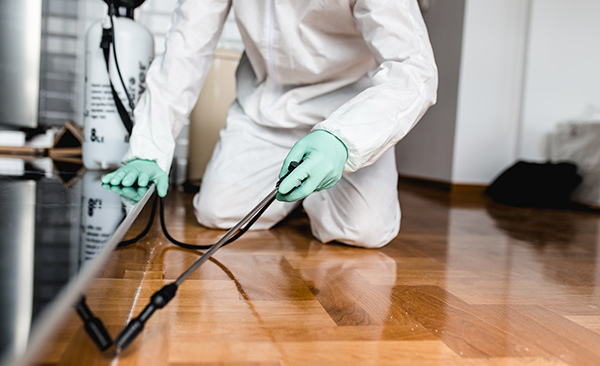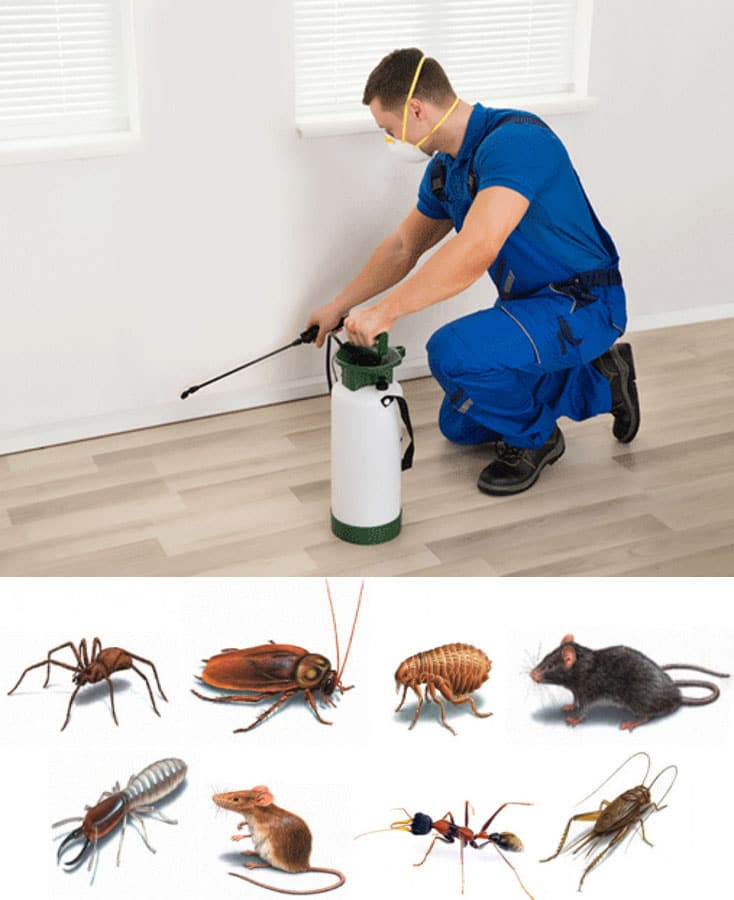Thorough Pest Control for year-round protection from pests.
Eco-Friendly Insect Control Approaches for Taking Care Of Wild Animals in Urban Areas
Urban areas typically discover themselves at the junction of human task and wildlife, leading to unique obstacles in parasite management. These methods not only protect the environment but likewise enhance community interaction in wildlife administration. As urban populations proceed to expand, comprehending the dynamics of wild animals communications comes to be significantly essential.
Recognizing Urban Wild Animals Dynamics
Recognizing Urban Wildlife Characteristics is vital for developing efficient and eco-friendly pest control techniques. Urban locations are increasingly ending up being environments for numerous wild animals species, driven by elements such as habitat fragmentation, food availability, and human encroachment. Identifying these dynamics enables a nuanced technique to pest management that aligns with eco-friendly concepts.
Urban wildlife commonly includes varieties such as raccoons, squirrels, and birds, which adjust to city environments, discovering niches in eco-friendly rooms, parks, and also houses. Their presence can cause problems with people, particularly when they make use of human sources for food and sanctuary. Understanding the habits and environmental functions of these types informs strategies that minimize adverse interactions while advertising biodiversity.
Moreover, acknowledging the interdependencies within metropolitan environments aids in determining vital areas for habitat preservation and reconstruction. This expertise adds to the advancement of integrated bug management (IPM) strategies that consider the ecological equilibrium, thereby decreasing reliance on harmful chemicals. By fostering coexistence between human beings and city wildlife, cities can create healthier environments that benefit both citizens and neighborhood communities, paving the means for sustainable metropolitan living.
Natural Repellents and Deterrents
All-natural repellents and deterrents use a lasting alternative to standard pest control techniques by utilizing the power of nature to keep unwanted varieties at bay. These eco-friendly solutions normally use plant-based ingredients, vital oils, and other naturally taking place substances that discourage parasites without damaging the setting.
One reliable all-natural repellent is peppermint oil, which is understood to drive away rats and bugs. Its solid aroma is unpleasant to numerous bugs, making it a prominent selection for urban settings. Vinegar and citrus peels can serve as deterrents, as their strong smells are usually uninviting to various wild animals.
Additionally, diatomaceous planet is a natural powder that can be spread out in areas prone to bug activity, properly dehydrating and preventing insects without presenting risks to non-target varieties. Additionally, garlic sprays and neem oil are acknowledged for their ability to fend off a vast array of bugs, consisting of both insects and larger wildlife.
Applying these all-natural repellents not just minimizes dependence on chemical pesticides yet likewise advertises a healthier urban ecosystem, cultivating a much more balanced coexistence in between human beings and wild animals. By making use of these techniques, urban areas can properly manage bug populaces while lessening environmental influence.
Habitat Alteration Strategies
Reliable environment adjustment strategies play a vital role in lasting bug management by changing the setting to make it less for pest infestations. By comprehending the ecological characteristics of metropolitan locations, homeowner can carry out strategic alterations that prevent pests find out while advertising biodiversity.
(Cockroach exterminator Port Charlotte)One main method includes keeping correct sanitation. This includes regular waste elimination, securing garbage can, and getting rid of standing water to minimize breeding sites for insects and rats. In addition, landscape design practices such as picking native plants can boost ecological balance, giving environments for advantageous organisms while minimizing sources for parasites.
An additional important technique is to secure entrance factors in structures. Evaluating and fixing cracks in structures, walls, and home windows can significantly decrease insect accessibility. Creating physical barriers, such as fencings or plant buffers, can prevent wild animals motion right into human-inhabited areas.
Integrated Insect Monitoring Practices
Building upon environment adjustment techniques, integrated pest administration (IPM) practices provide an all natural method to managing pest populations while reducing ecological impact. IPM integrates numerous strategies, consisting of biological, cultural, mechanical, and chemical controls, to achieve efficient bug management.
Biological control includes the introduction of all-natural killers or parasites to reduce bug populations. Cultural methods, such as plant rotation and sanitation, interrupt pest life process and reduce their habitats - Pest Control. Mechanical controls, like catches and obstacles, give instant relief from parasite stress without chemical treatment
Chemical controls are made use of as a last option, focusing on targeted applications that restrict injury to non-target species and the setting. The selection of eco-friendly chemicals, when essential, is important to the IPM framework. Additionally, monitoring pest populaces and analyzing prospective damage assists notify decision-making, ensuring that treatments are prompt and effective.
Community Involvement and Education

(Spider exterminator Port Charlotte)Workshops and informational sessions can outfit locals with understanding about native types, environment conservation, and efficient non-toxic insect monitoring strategies. Partnership with schools, local companies, and government companies additionally improves academic outreach, ensuring that essential details reaches varied target markets.
Furthermore, community-led campaigns, such as area clean-up days and habitat reconstruction projects, not only advertise biodiversity yet additionally reinforce community ties. Pest Control. By motivating locals to share their experiences and monitorings, neighborhoods can develop targeted approaches that resolve specific regional insect problems
Incorporating feedback from citizens right into bug administration plans allows a much more responsive and flexible technique to wild animals difficulties. Eventually, educated and engaged neighborhoods are essential to achieving long-lasting success in green pest control, causing healthier city atmospheres that respect both human and eco-friendly requirements.

Conclusion
Finally, eco-friendly bug control comes close to offer sustainable solutions for managing city wildlife. By focusing on environment modification, utilizing natural repellents, and carrying out integrated bug monitoring practices, neighborhoods can foster a harmonious conjunction with regional animals. Moreover, involving locals via education and learning improves understanding and encourages accountable wildlife communications. Ultimately, these methods not just secure biodiversity yet additionally advertise ecological health and wellness, making sure urban locations stay lively ecological communities where human beings and wildlife grow with each other.